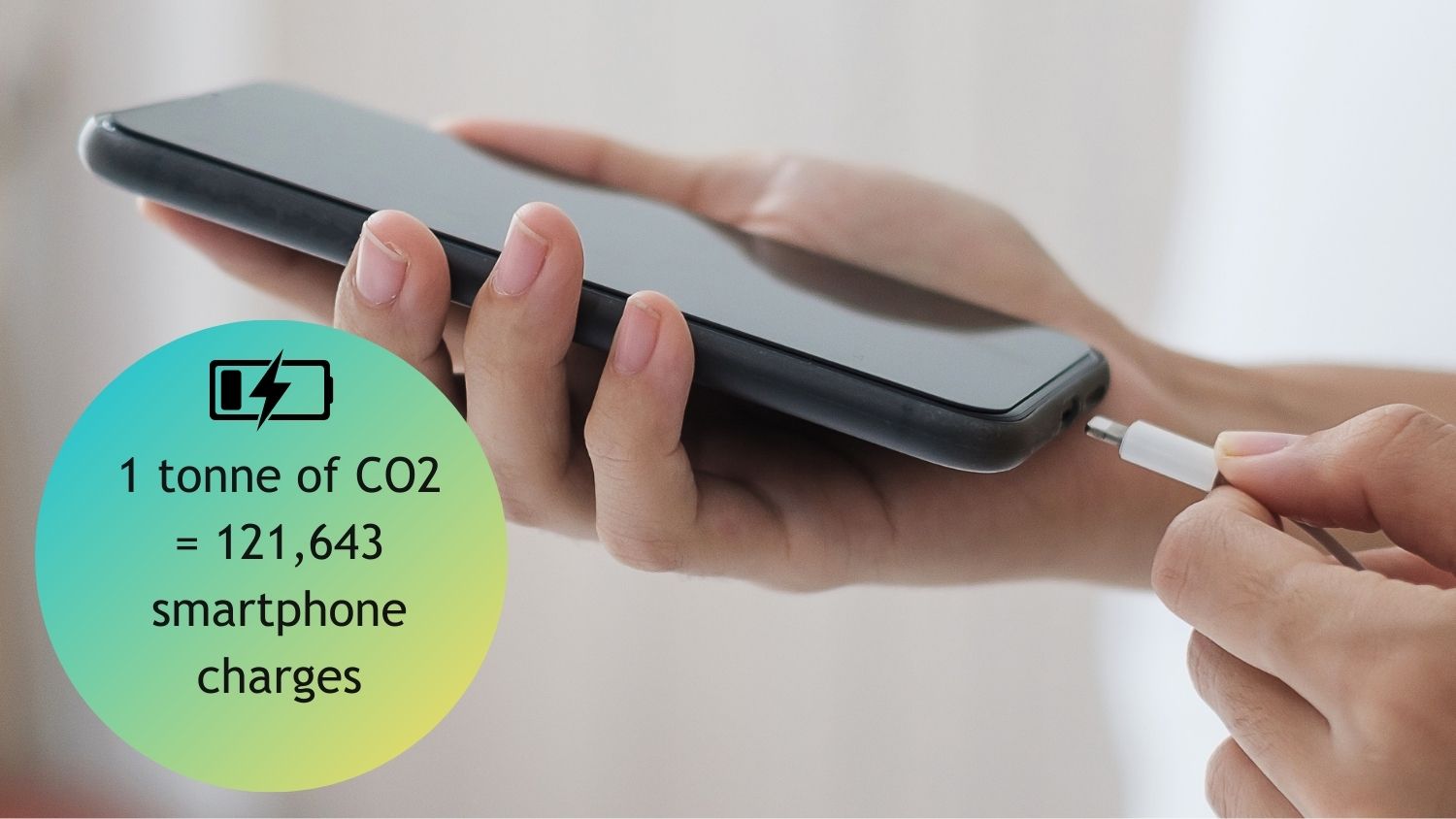Understanding Moments of Change to Drive Sustainable Behaviours
Around the world, consumers are increasingly feeling the effects of climate change, notably through extreme weather events such as intense heat, wildfires, droughts, and floods, which are now a common occurrence. For years, the media has pushed the impact of climate change onto consumers; however, it’s now become a tangible threat to everyday life, bringing an urgency to the forefront of people’s minds.
Cast your eyes over any number of consumer surveys on the subject, and you will see a high percentage of people who are willing to change their consumption behaviours to more sustainable ones. However, there is still a significant gap between intention and action; not enough people are taking that leap and making significant changes to their habits and lifestyles to have the required impact.
Across the consumer sector, leading brands are now implementing sustainable goals into their product lines, but the big question remains – how do you get consumers to engage with them?
At PDD, we are currently examining the barriers that prevent consumers from embracing lasting, sustainable behaviour change and the way consumer brands can overcome the forces at play.

Moving towards clearer claims and clearer actions
Perhaps one of the more significant shifts in people’s attitudes in recent years is the growing scepticism surrounding green claims made by brands. Consumers demand clearer and more tangible representations of green claims rather than abstract numbers that are difficult to comprehend. They rightly expect to be able to understand and weigh up for themselves the true positive impact brands are having without having to decipher obscure terms or data.
And it’s not just consumers questioning brands; the UK regulator Competitions and Marketing Authority (CMA) is currently reviewing green claims in FMCG/CPG, particularly the accuracy of sustainable claims about household essentials; investigations include whether consumers are being misled by the absence of certain information about the environmental impact of products and services, and the level to which green claims made by brands influence people’s purchasing behaviours.
Other independent studies, such as the joint study conducted by McKinsey and NielsenIQ last year in the US, also pointed towards a correlation between environmental, social, and governance (ESG) initiatives made by consumer brands and growth in sales of some product subsectors – suggesting that some consumers are indeed buying into responsible, sustainable brands.
Beyond sustainability
Within this complex and fast-moving consumer sector, several other factors beyond sustainability influence consumers’ attitudes and behaviours. Significant changes in the social, political, environmental, and economic landscape over the past few years have put consumer priorities in a state of flux.
Notably, in Personal Care and Home Care, brands must carefully navigate multiple dimensions – sustainability, efficacy, convenience, and cost— through their product and service offerings. Developing and marketing sustainable innovations is no longer enough to align with the priorities of the mass market; product solutions must be built on efficacy and convenience yet remain cost-sensitive – within the eyes of consumers, sustainability has now become a given, not a unique selling point.
As we see increasing complexity and misalignment between people’s attitudes and their actual behaviours, understanding the wider context and the realities of consumers’ everyday lives has become even more imperative for brands. Only then will they be able to create disruptive innovations that encourage more sustainable consumption behaviours.

Understanding moments of change
Understanding consumers’ motivations and behaviours now can help brands identify moments of change in the future. However, to drive meaningful and lasting behaviour change, they must take their consumers through that transformation.
We know from other industry sectors that disruptive innovation for sustainability can often result in product and service solutions that are more radical or novel in user experience and require consumers to adopt different behaviours and interactions from what they are used to.
This step away from routine and familiarity can, more often than not, form a barrier to consumer adoption or retention, no matter how much better a solution may be for the planet and, ultimately, for oneself.
By forming a deep understanding of the elements of behaviour change, brands can ensure their design solutions mitigate barriers and challenges for consumers where possible, whilst amplifying and reinforcing positive experiences. Similarly to sustainability, behaviour change must be embedded within the product development process from the start to ensure it is both meaningful and lasting.

Adding dimensions of value
Heightening the sense of value for consumers is essential when seeking to elicit behaviour change. Building emotional value alongside functional value can create more enriched and holistic product experiences that elevate everyday acts. In this sense, every consumer touchpoint becomes an opportunity to add value to the overall experience – from the haptic feedback of a spray pump to the audible click of a bottle top and the tactile quality of a formulation.
Brands also need to look beyond physical touchpoints and take a systems approach to ensure consistency across the wider consumption journey and ecosystem of products. Take for example, refill schemes. We know these schemes can contribute towards positive environmental change; but their level of success across FMCG/CPG subsectors varies. But what if we could elevate those experiences so that consumers see the value in the extra effort it takes to engage with them – whether that be washing out containers, going into stores to refill, waiting for replacement deliveries, or even overcoming hygiene concerns?
Creating a stronger emotional value to these often-mundane acts holds the potential to transform experiences from ‘an inconvenience’ to a delightful and enjoyable new ritual that consumers want to actively engage with. In doing so, brands can help consumers move towards more long-lasting sustainable behaviours and shape a better future for all.
What consumer brands can do:
- Provide clear, tangible and authentic consumer narratives that not only outline what you are doing, but how you are achieving sustainability goals across the wider product ecosystem.
- Track social, cultural, economic, and political changes to understand how shifts within the wider context of consumers affect and shape their consumption behaviours and ways you can adapt to future changes.
- Explore how you can add new dimensions of value for consumers through a multisensorial design approach that spans across the entire consumer experience from small product details to digital and instore experiences.
- Create unique yet versatile solutions – experiences, technical applications, and intellectual property (IP) – that can be adapted across use-cases, brands and scaled across price points within your organisation.
If you would like to know more about how PDD can help you take your consumers on a journey to more sustainable behaviours, please get in touch.



